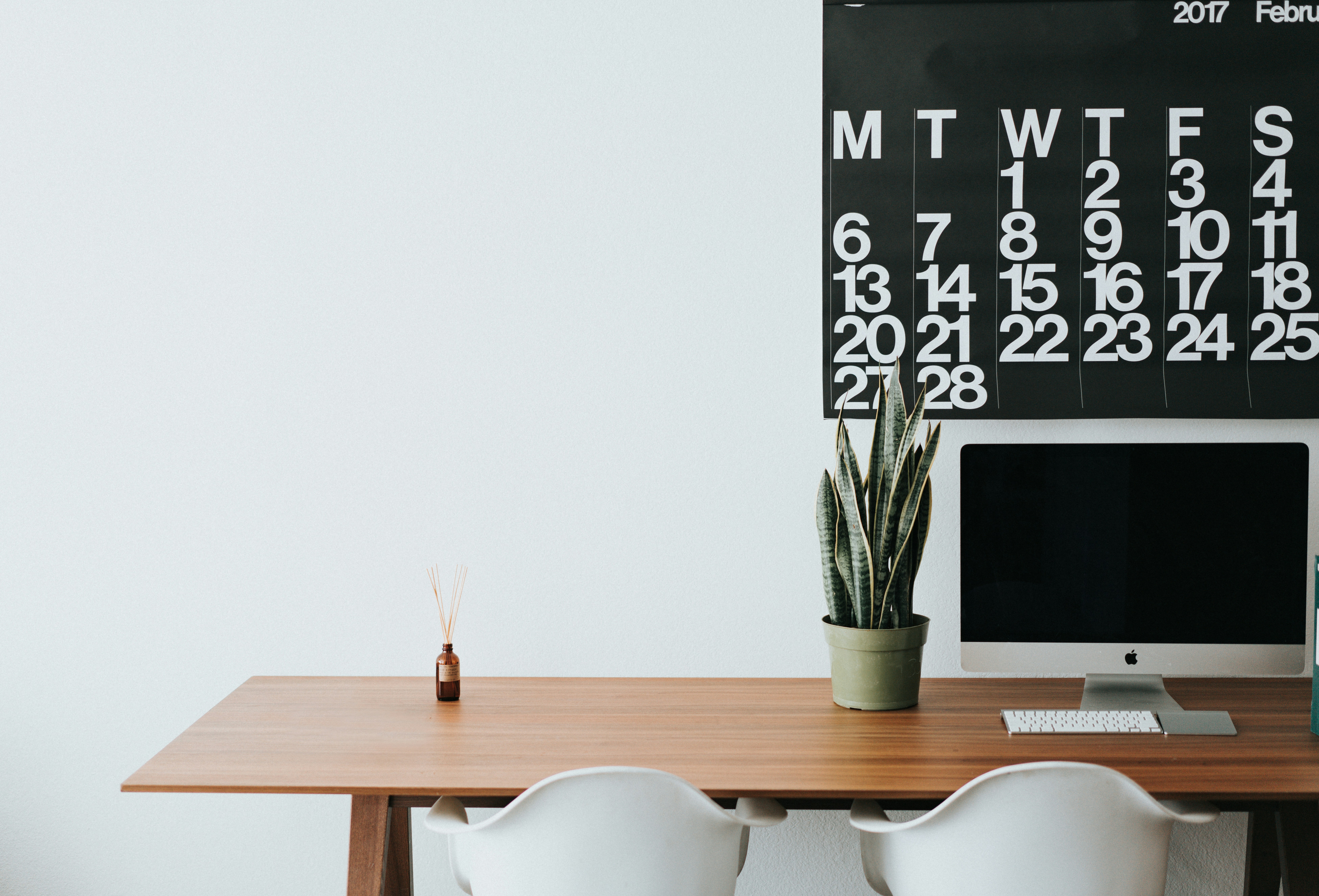Your workspace isn’t just where you get things done—it’s a reflection of your mindset and a key factor in your productivity and well-being. A cluttered, chaotic workspace can lead to stress and distraction, while a thoughtfully designed one can inspire focus, creativity, and calm. Creating a mindful workspace isn’t about perfection—it’s about intentionality. Here are some tips to help you design a space that nurtures focus and serenity.
1. Start with Decluttering
A mindful workspace begins with simplicity. Physical clutter can translate to mental clutter, making it difficult to concentrate. Take time to remove unnecessary items from your desk and surrounding area. Keep only what you need and what inspires you.
Practical Tip: Use tools like a Desk Organizer to keep your essentials in place. A minimal, clean setup will help reduce visual distractions and create a sense of order.
2. Prioritize Natural Light and Plants
Lighting has a profound impact on mood and energy. Whenever possible, position your workspace near a source of natural light. Exposure to sunlight can boost productivity and improve mental well-being. Similarly, adding plants to your desk or office can reduce stress, improve air quality, and add a touch of nature to your environment.
Suggestion: A small plant or two on your desk can make a big difference. Choose low-maintenance options like succulents or a pothos plant for effortless greenery.
3. Choose Calming Colors
The colors in your workspace can influence your mood and focus. Opt for neutral or soft tones like white, beige, or pastel shades to create a calming atmosphere. Avoid overly bright or harsh colors that may feel overstimulating.
Design Idea: Incorporate soft color accents through accessories like a Minimal Planner, mouse pad, or other desk essentials for a cohesive and calming aesthetic.
4. Organize for Accessibility
A mindful workspace is efficient. Arrange your tools and supplies so they’re easily accessible without cluttering your desk. Use vertical storage solutions or compact organizers to save space while keeping everything within reach.
Pro Tip: Store frequently used items, like pens or sticky notes, in a compartmentalized desk organizer. Less-used items can be stored in drawers to maintain a clean and open desk surface.
5. Incorporate Personal Touches
Your workspace should feel like a place you want to spend time in. Add personal elements that inspire or motivate you, such as framed quotes, a vision board, or meaningful photographs. These touches make the space uniquely yours and remind you of your purpose and goals.
Inspiration: A customized poster with an inspirational design can bring personality and warmth to your workspace without creating clutter.
6. Limit Digital Distractions
While technology is essential for work, it can also be a major source of distraction. Organize your digital space as intentionally as your physical one. Clear your desktop, limit open tabs, and mute unnecessary notifications to maintain focus.
Mindful Practice: Consider starting your day with a pen-and-paper approach to planning. Tools like a Morning Journalor Minimal Planner can help you set intentions without immediately diving into screens.
7. Embrace Minimalism
A mindful workspace thrives on simplicity. Avoid over-decorating or overcrowding your space. The goal is to create a visually serene environment that reduces stress and encourages focus.
Guideline: Adopt a “less is more” approach. Choose a few high-quality, aesthetically pleasing items that add value rather than clutter to your space.
8. Create a Ritual to Maintain Your Space
Mindfulness isn’t a one-time act—it’s a continuous practice. Develop a simple end-of-day routine to reset your workspace. This might include putting away supplies, wiping down surfaces, and jotting down notes for the next day.
Tip: Use a planner to note what you accomplished during the day and what you’d like to tackle tomorrow. This habit helps you transition out of work mode and prepares you for a productive start the next day.
9. Integrate Scents and Sounds
Scents and sounds can play a role in creating a calm environment. Use a diffuser with essential oils like lavender or eucalyptus to create a soothing atmosphere. If noise is a distraction, consider playing soft background music or white noise to improve focus.
10. Reflect and Adjust
Your workspace should evolve with you. Take time every few weeks to reflect on what’s working and what’s not. Adjust as needed to ensure the space continues to support your goals and well-being.
Mindful Reflection: Ask yourself, “Does my workspace inspire focus and calm?” Make changes based on how the space makes you feel.
A Workspace That Works for You
Designing a mindful workspace isn’t about creating a Pinterest-perfect office. It’s about curating an environment that aligns with your values, supports your productivity, and fosters calm in your day. By decluttering, personalizing, and maintaining your space with intention, you can create a sanctuary of focus and creativity—right at your desk.
So, take a moment to look at your workspace. What small changes can you make today to invite more clarity and peace into your work life? The journey to a mindful workspace starts now.
